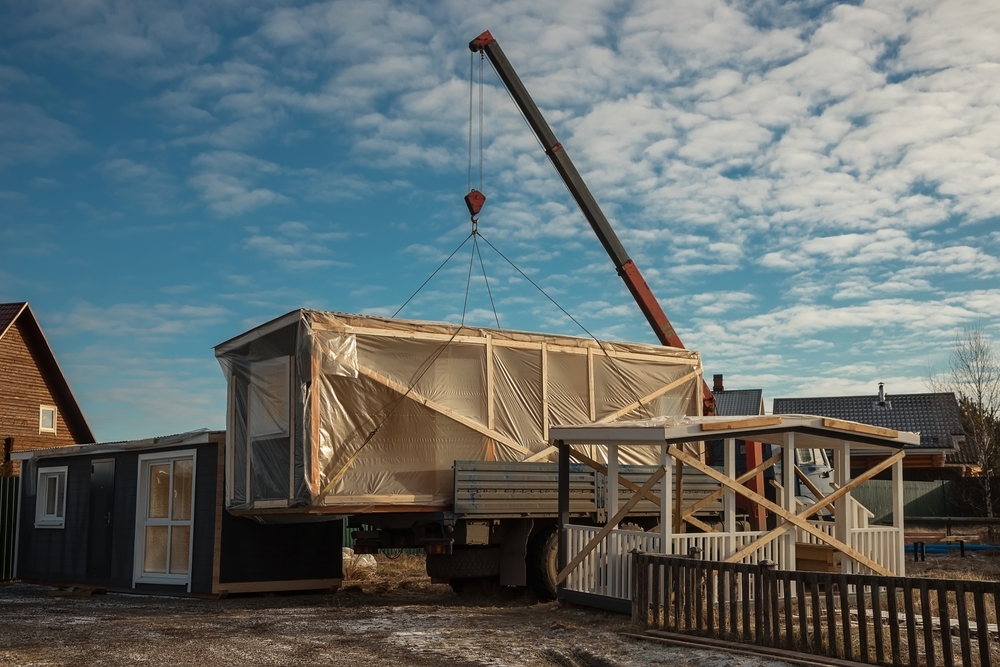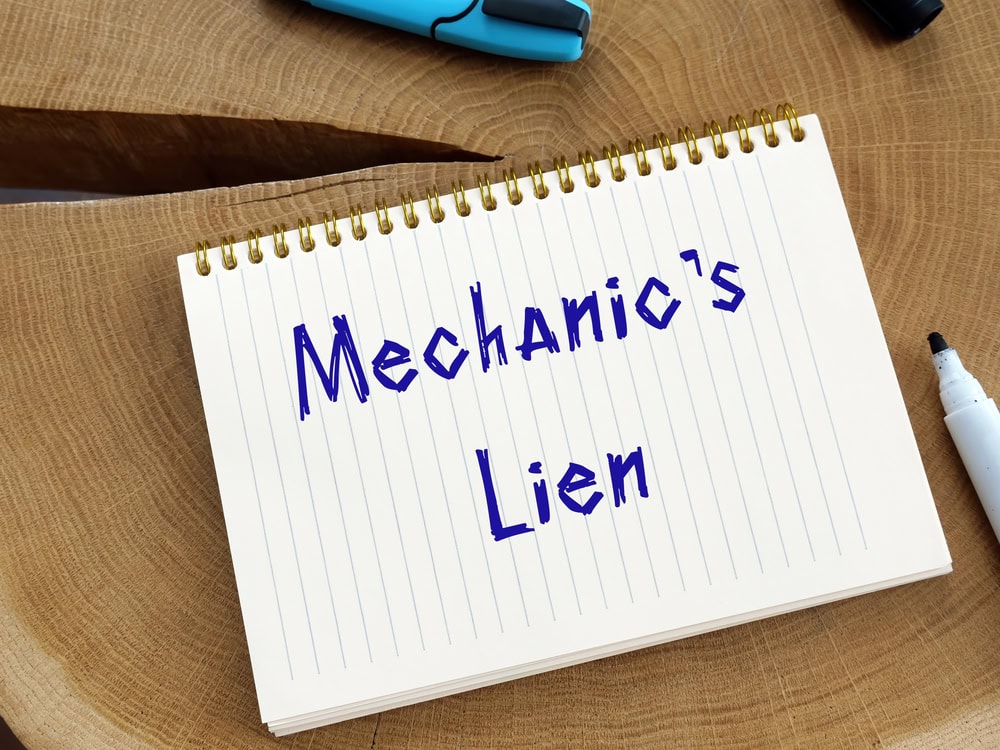The Future of Plumbing: Innovations and Sustainable Practices for Modern Plumbers
Plumbing is a critical trade within the construction industry, essential for both residential and commercial projects. As technology advances and the focus on sustainability increases, the plumbing industry is evolving rapidly. For newly licensed plumbers, staying updated on the latest trends and adopting innovative practices is crucial for success. This article explores the future of … Read more










